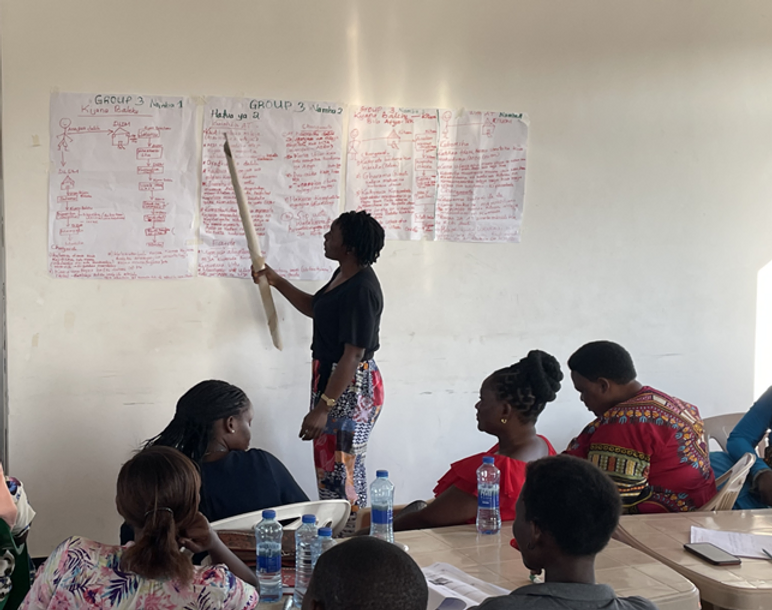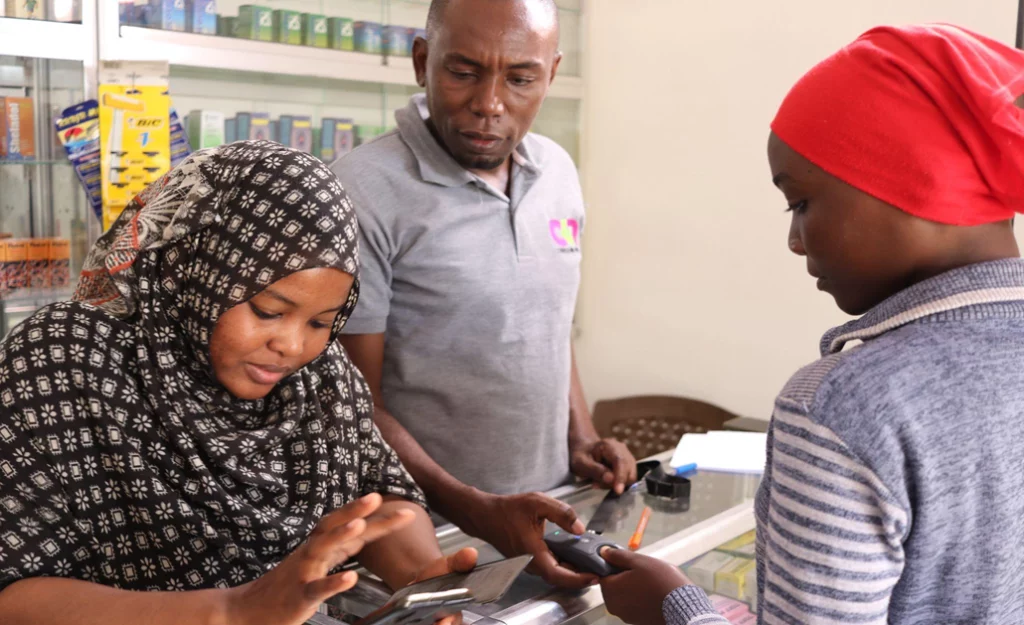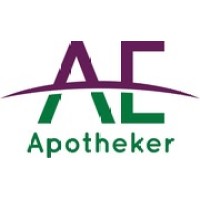Human Centered Design Activity in Kibaha District
Human-centered design (HCD) is a creative approach that puts the user experience at the center of the problem-solving process and solution. The Afya-Tek team managed to conduct HCD activity that aimed to make the Afya-Tek system more usable by focusing on the use of the system by end users (Community Health Workers, ADDO dispenser/Owners and Health Facility Staff or CHW supervisors). The Usability of the systems can provide a number of benefits. For instance, improved quality of care, profits and strengthening the linkage between Community Health Workers, ADDO dispenser and Health Facilities staff. The main goal of employing HCD was to increase the usability of the system in order to create maximum end user satisfaction and increase the ADDO and Health Facilities performance.
The HCD activity was participated by a selected few ADDO owners, Clients, Community health works (CHW) and Health Facility staff. The activities were organised by Apotheker, D- tree International and Institute of Tropical Medicine (ITM). The activities reflected the wants and needs of the Community Health Workers, ADDO dispensers, Health Facilities Staff and Clients who are using the Afya-Tek System. Previously, the end users were acting on different motivations when using the Afya-Tek System, HCD focuses on the factors that motivate end users to use Afya-Tek System and aims to understand what end users are looking for and ensures that their experience on the Afya-Tek System is aligned with their motivations and ultimately improves the Afya-Tek System utilization.
Afya-Tek put consideration of human issues, such as ADDO system workflow and system usability during the implementation stages of Afya-Tek project. Systematically, incorporating human-centered design was necessary during these activities to successfully increase the usability of the systems. The HCD activity included a Focus group discussion (FGD) and Journey mapping of the health services each group (Clients, ADDO, CHW and Health facility) experience. These activities were facilitated by the moderators and participated by the attendees.

Human Centered Design activity at Chama Cha Walimu Conference Hall
Focus Group Discussion (FGD) activity with ADDO dispenser, Community Health Workers, Health Facilities Staff and Clients
During HCD activities the team employed focus groups discussion (FGD) to gather user thoughts on how to improve the system workflow of Afya-Tek. FGD was conducted with six to seven participants (Each group included, ADDO dispenser, owner, Health facilities staff, CHW and Antenatal Client, Post Natal Client, Children Under 5 and Adolescents) and was run by a moderator. The moderator’s job was to run the focus group and direct the questions in a productive manner. FGD involved the participants in a focus group discussion with questions relating to the improvement on the utilization of Afya-Tek application in three values: Timesaving, Quality of Care and Profit. Moderator keeps and ensures the flow of conversation moving naturally while making sure to address each question accordingly. The moderator also probed respectfully for additional information and ADDO dispenser, CHW, Health Facilities staff and clients were actively participating and providing valuable responses on Time savings, Quality of Care and Profit values.

Focus Group Discussion Team Work among End Users
Journey Mapping Activity
Afya-Tek team considered journey mapping as a powerful tool to capture systematic problems accurately. It also helps the end users to identify new ideas and opportunities for improvement of a system. During the HCD activity, end users were required to draw out a journey map of the health services they receive at the ADDO level, as well as health facility level. Furthermore, the posters of the journey map were then presented by the participants to the attendees. End users were required to display the continuum of health care without Afya-Tek and then with the Afya-Tek System. Furthermore, the participants presented the problems solved by the Afya-Tek System and unsolved problems that led to the low utilization of the Afya-Tek System. Journey Mapping helps end users to think through the workflow when they attend clients at the ADDOs or Health facilities levels without Afya-Tek and after the implementation of Afya-Tek System. The team considered first on providing awareness of the Afya-Tek System improvement and whether they would agree or disagree with that improvement. Also, the team considered what their first interaction when using Afya-Tek and engagement is like, how end users might become a consistent user of the system, and how the solution might ultimately impact their quality and continuum of care.

Miss Joanitha displays the journey mapping for adolescents without Afya-Tek System
Observation (System Review)
Furthermore, the Afya-Tek team carried out observations in a controlled setting as well out in the field (onsite) with ADDO dispenser and Health Facility Staff. In the field, the team observed the interactions of ADDO dispenser and Health Facilities staff when attending clients. System problems uncovered during observation were prioritized and addressed by the Afya-Tek observation team. Furthermore, a system review was conducted with the inputs of the end users from the HCD and the IT team. This reviewed the problem in the system extracted from the HCD and drew out possible improvements in the Afya-Tek system which would cater to the end-user and ultimately increase the usability of the system.

